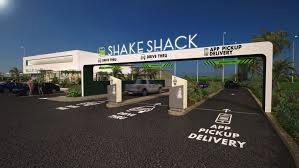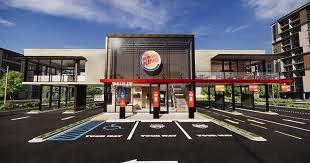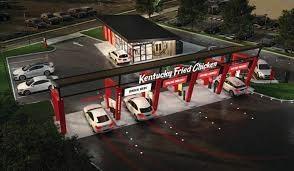 Prior to COVID, approximately sixty percent of food sales by QSRs were off-premises. This value soared to ninety percent during COVID restrictions with many chains closing in-store dining. Despite relaxation of restrictions and a virtual denial of the infection, 75 percent of sales are still off premises according to the National Restaurant Association. It is estimated that 85 percent of fast-food orders were to-go in 2022 according to market research company NPD. Carry-out and delivery represented 73 percent of all orders at QSRs offering counter or kiosk ordering.
Prior to COVID, approximately sixty percent of food sales by QSRs were off-premises. This value soared to ninety percent during COVID restrictions with many chains closing in-store dining. Despite relaxation of restrictions and a virtual denial of the infection, 75 percent of sales are still off premises according to the National Restaurant Association. It is estimated that 85 percent of fast-food orders were to-go in 2022 according to market research company NPD. Carry-out and delivery represented 73 percent of all orders at QSRs offering counter or kiosk ordering.

The change in consumer use is profoundly altering the design of QSRs. Stores in the future will have smaller dining areas or these will be eliminated completely. To expedite service and to cater for more vehicular traffic, chains are installing multiple drive-thru lanes to avoid traffic congestion.
The need to decrease delays between ordering and delivery to the customer’s vehicle will require a high level of automation in kitchen and the application AI to predict peak order times and menu preferences. Orders placed on-line will be processed in advance of the customer arriving at the store. In addition to changes in the design of kitchens and installation of equipment, packaging will have to be upgraded and modified to preserve the quality of food and also to comply with increasing concerns relating to sustainability and recycling.
The need for automation to expedite preparation and assembly of orders converges with the trend towards higher wages and lower availability of workers. Installations will include robots, pre-preparation in central commissaries and upgraded in-store refrigeration. Design and layout of QSRs will be influenced by on-line ordering, with only drive-thru pick-up or delivery service offered. QSRs will no longer be a place for families and teens to gather. Food will be consumed in vehicles, offices, homes and public places. Perhaps the last holdout for sit-down dining will be food courts in malls and airports. These centers have effectively preceded the future QSR format as they comprise an order counter or kiosk and a kitchen providing rapid service but characterized by limited menus.
layout of QSRs will be influenced by on-line ordering, with only drive-thru pick-up or delivery service offered. QSRs will no longer be a place for families and teens to gather. Food will be consumed in vehicles, offices, homes and public places. Perhaps the last holdout for sit-down dining will be food courts in malls and airports. These centers have effectively preceded the future QSR format as they comprise an order counter or kiosk and a kitchen providing rapid service but characterized by limited menus.